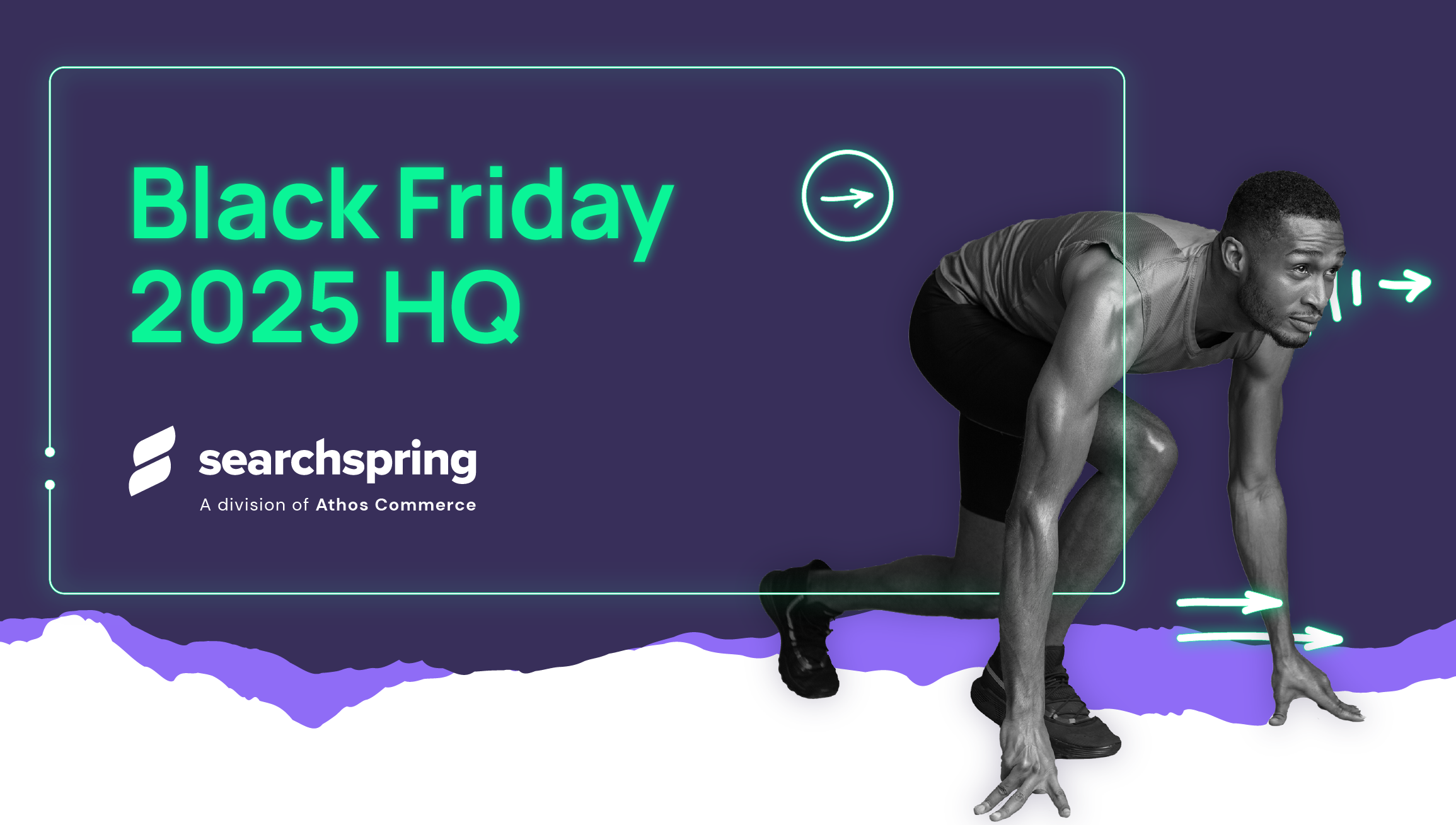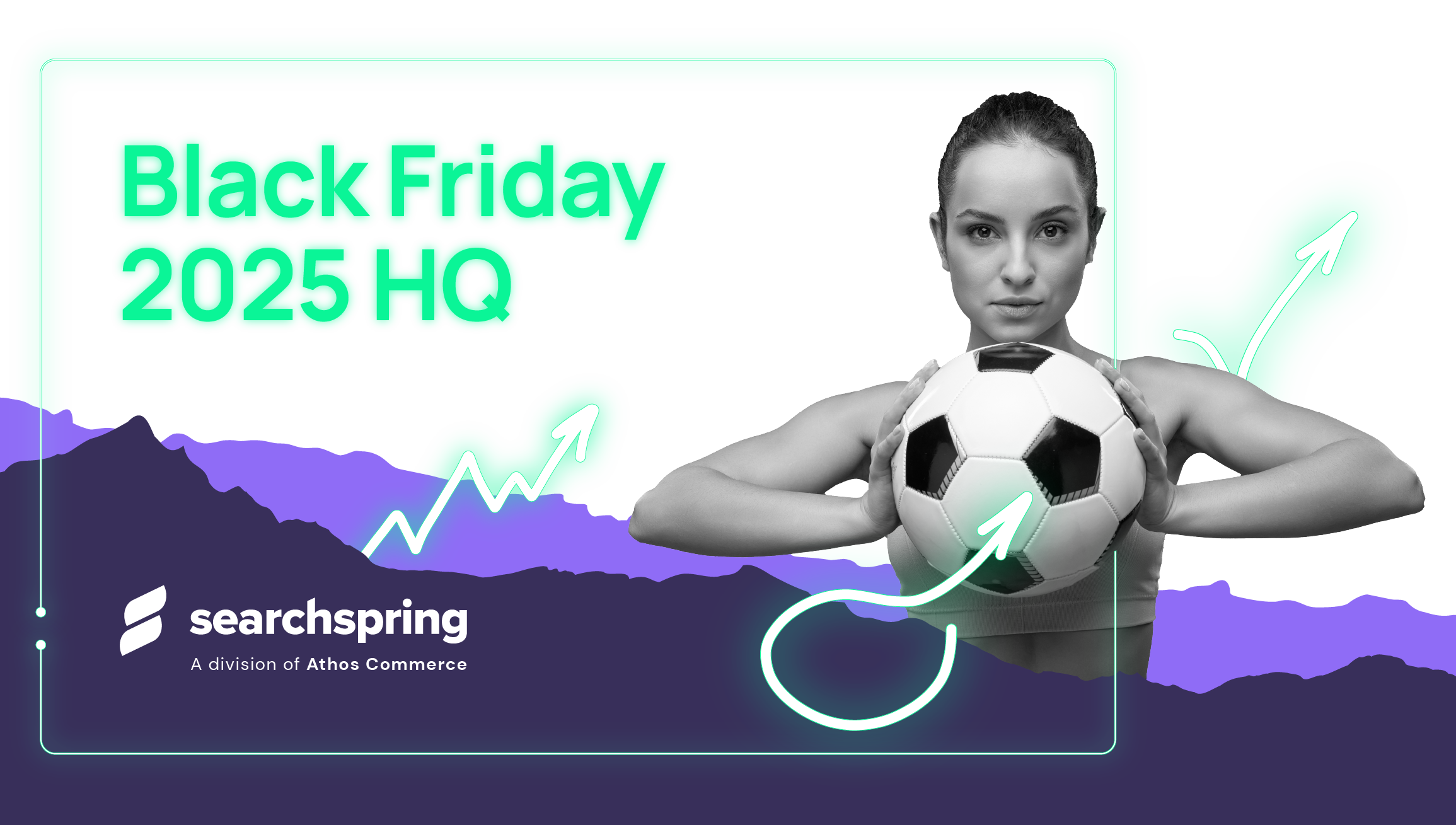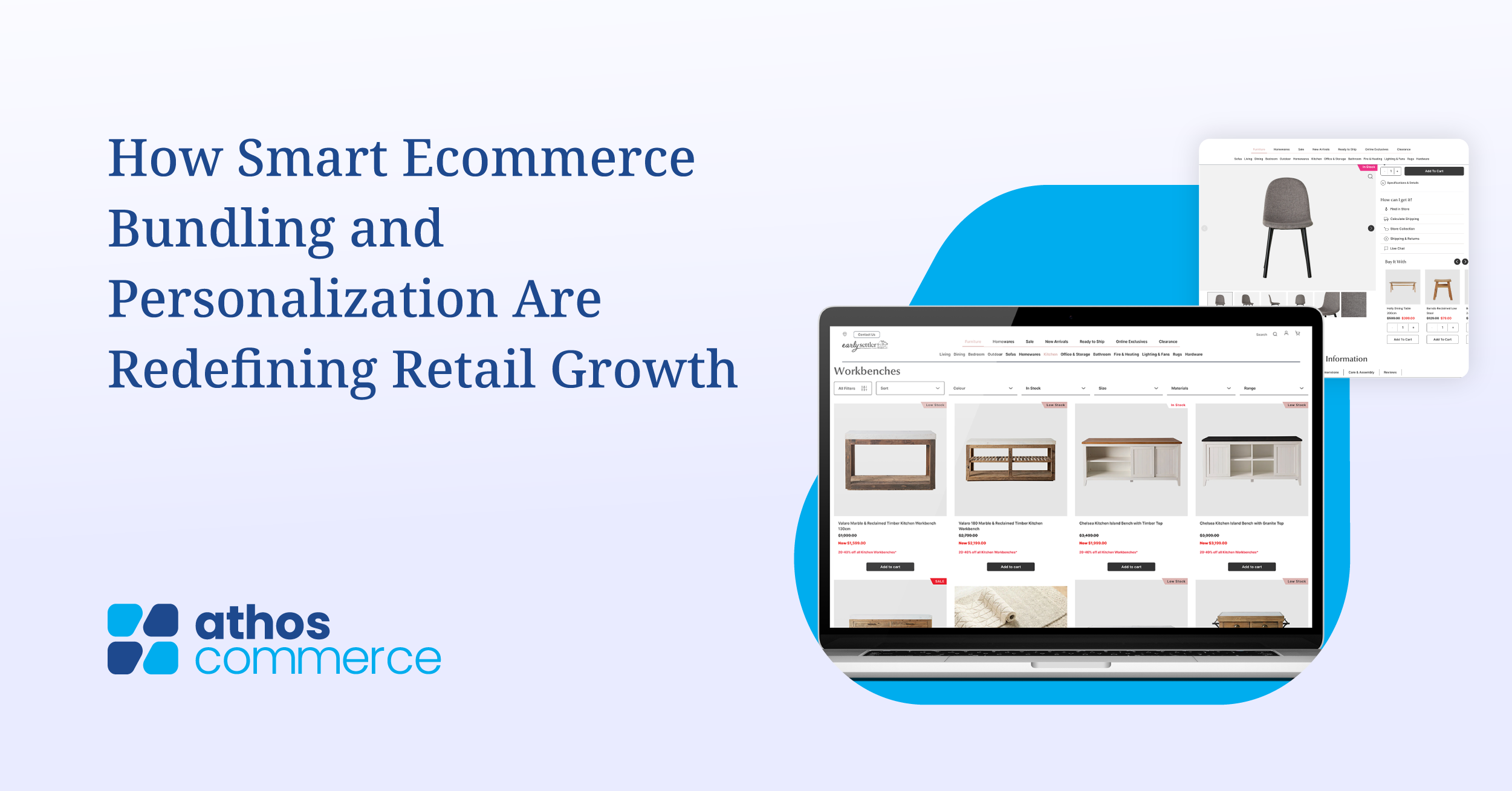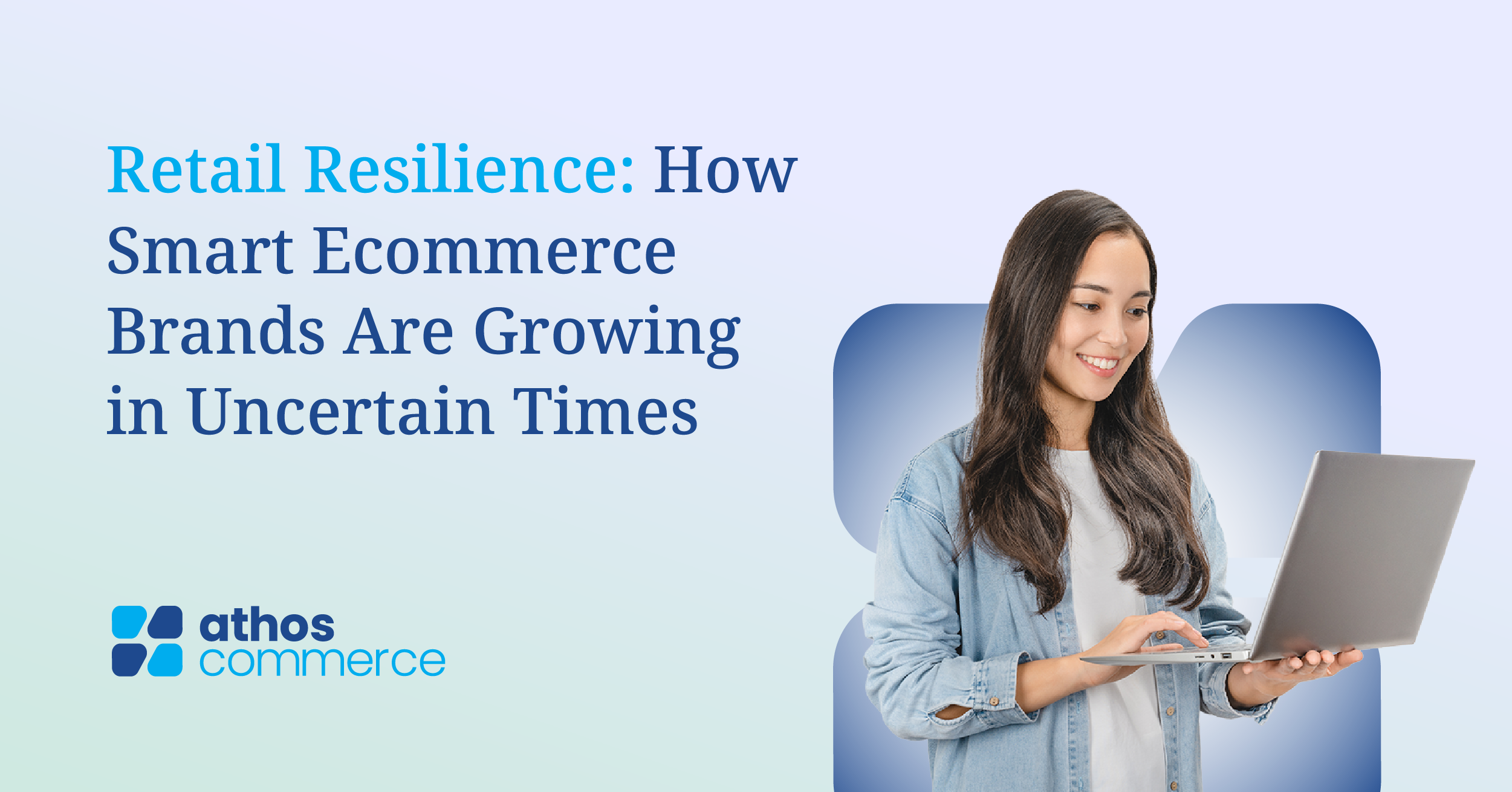Increasing average order value (AOV) is one of the best ways to grow revenue without significantly increasing customer acquisition costs. One of the most effective, conversion-focused strategies to accomplish this is product bundling.
Bundling taps into shopper psychology by simplifying decision-making, highlighting value, and encouraging product exploration. When done right, it turns browsers into buyers and single-item orders into multi-product checkouts.
But not all bundles are created equal. Let’s take a closer look at six high-impact product bundling strategies that are helping ecommerce brands across industries increase AOV.
1. Routine-Based Bundles
In categories like beauty, wellness, food, and fitness, routines are everything. Routine-based bundles are so effective because consumers are looking for systems and sequences that deliver results.
Instead of asking customers to piece together the right products on their own, create a curated set that supports a complete regimen. Here are a few examples:
- A “Morning Skincare Routine” with cleanser, serum, and moisturizer
- A “Post-Workout Recovery Kit” with protein, hydration, and muscle relief products
- A “Work-From-Home Productivity Set” with a wireless mouse, ergonomic keyboard, and calming teas
By guiding shoppers through a clear use-case, routine-based bundles eliminate decision paralysis, make checkout seamless, and increase the number of products sold per order.
Don’t forget to pay extra close attention to how you name your bundles. Use benefit-driven language like “Daily Essentials Kit” or “Ultimate Sleep System” to quickly communicate value.
2. Buy More, Save More Bundles
This classic product bundling strategy works across nearly every vertical, especially for consumables and replenishable products. The more a customer buys, the better the price per unit. Here are a few examples:
- Buy 2, Save 10%
- Buy 3, Get 1 Free
- Buy 5, Save 20%
These bundles drive higher AOV by rewarding larger carts and encouraging stock-ups. They also instill a sense of urgency and perceived deal value, making customers more likely to convert on the spot.
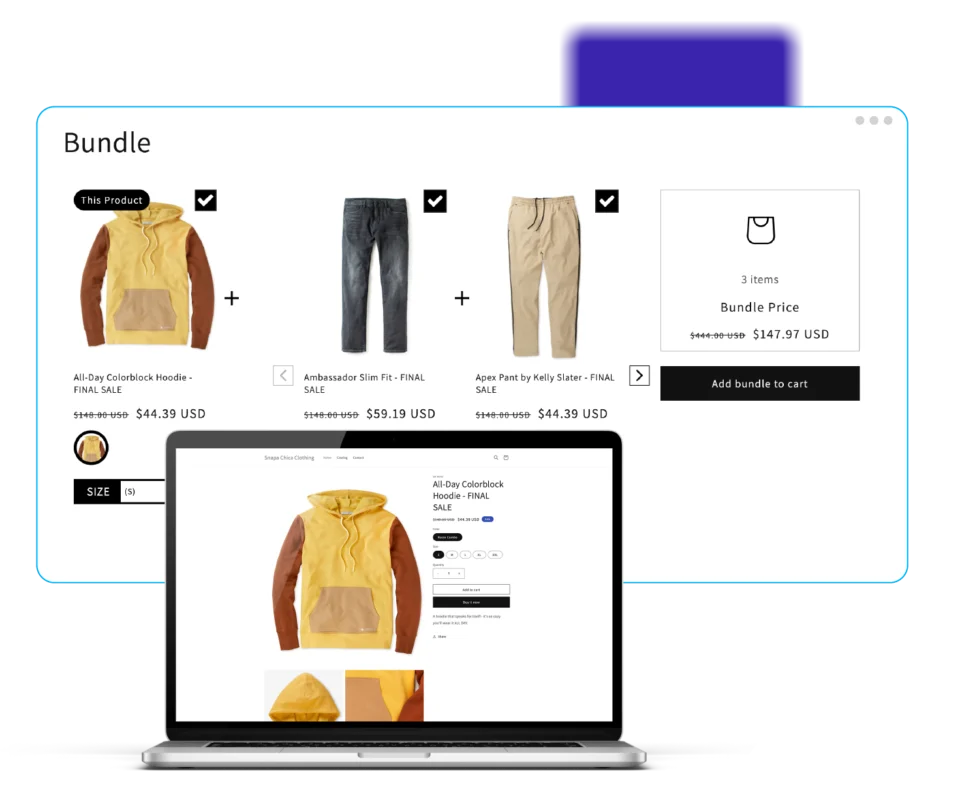
3. Complementary Product Bundles
Complementary bundles are all about pairing products that naturally go together. Examples include shampoo and conditioner, printer and ink cartridges, and a phone case and screen protector.
These bundles are perfect for upselling accessories (e.g., a yoga mat with a carrying strap) and reducing returns. In addition to boosting AOV, complementary product bundles also improve the overall customer experience and reduce friction during checkout and post-purchase processes.
You can also consider leveraging customer behavior data to identify products that are frequently bought together and proactively bundle them for easy add-to-cart functionality.
4. Seasonal or Occasion-Based Bundles
Tapping into the calendar and timely events is a proven way to generate excitement and urgency for bundles. Whether it’s Valentine’s Day, back-to-school, or summer vacation, seasonal bundles make shopping feel especially relevant. Examples include:
- “Self-Care Sunday Kit” for Mother’s Day
- “Back-to-School Essentials” for parents
- “Beach Day Bundle” for summer travelers
These bundles capitalize on moment-based needs and are perfect for top-of-funnel engagement and social media promotion. They also help you move seasonal inventory faster while boosting cart size.
5. Build-Your-Own Bundle (BYOB)
Customization is one of the most powerful ways to improve customer loyalty. A BYOB experience gives shoppers the freedom to mix and match, often with a discount incentive to sweeten the deal. Build-your-own-bundles work particularly well for beauty and cosmetics, food and beverage, and apparel and accessories.
This strategy blends personalization and value in a way that encourages larger orders while giving customers control, which is especially important for Gen Z and Millennial buyers.
6. Mission-Driven or Limited-Edition Bundles
Since consumers are often driven by their values, they want to buy from brands that stand for something. Mission-driven bundles or limited-edition sets tied to causes, influencers, or cultural moments can drive emotional engagement and bigger carts. A few examples include:
- Donating a portion of proceeds to a relevant cause
- Featuring co-branded items with influencers or nonprofits
- Highlighting sustainable or ethically sourced products
This approach builds storytelling into the bundle itself. It’s not just about what the customer gets; it’s what they’re contributing to or participating in. That deeper meaning often justifies a higher price point.
Making Product Bundling Work for You
Far from being just a pricing tactic, bundling is a strategic lever for experience, value, and brand connection. When done well, product bundling can increase AOV without discounting your entire catalog, reduce decision fatigue by guiding shopper journeys, and sell underperforming or overstocked SKUs.
The key to product bundling success is that it should never feel random. Your product sets should tell a story, solve a problem, or align with shopper intent. Whether you’re bundling based on function, frequency, seasonality, or sentiment, relevance is everything.
Bundles Built for Impact
Bundling offers a smart, scalable way to make every transaction count while also enhancing the customer experience. If you’re looking to turn your product catalog into high-performing bundles that drive results, Athos Commerce’s predictive product bundling solutions can help.
See how it works and how Athos Commerce helps brands bundle smarter when you request a demo.
